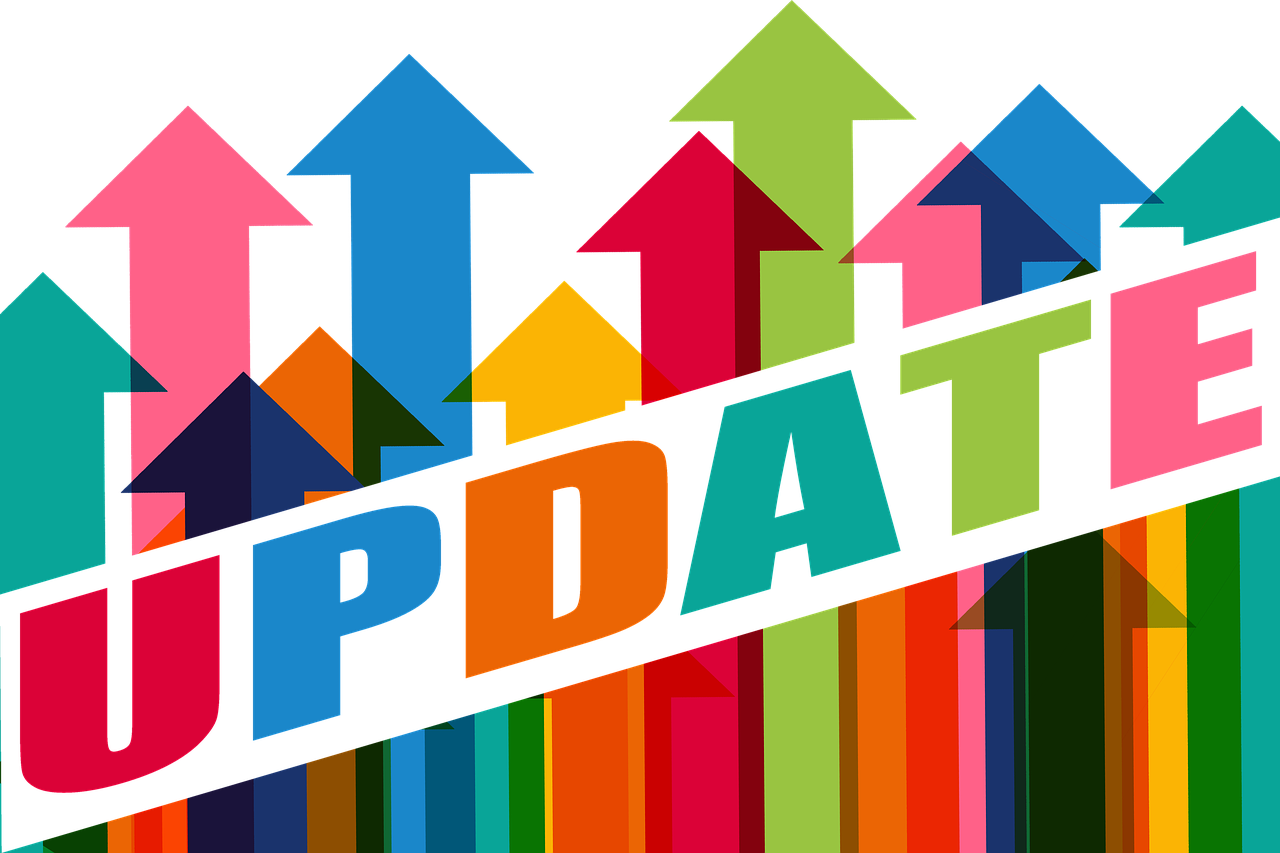Google has always been the gatekeeper of what content appears at the top of search engine results pages. To make search results “more useful,” Google has made changes, additions, and updates to its algorithm over the years. This is a complex system with many moving parts, but it’s important to note that these changes make the search results better for users. By understanding the most recent updates to Google’s algorithm, including the new core update, you can stay ahead of competitors and tweak your SEO strategy accordingly.
What Exactly is a Google Core Update?
A Google-core update is a change in the algorithm used by the Google search engine to rank pages on their results page. Every few months, Google makes a significant update to its algorithm. It’s not uncommon for the search giant to release multiple updates in one year, ranging from minor tweaks to major overhauls.
These changes involve many of Google’s algorithms, including its ranking system for websites called “PageRank.” This system penalizes sites it deems as having spammy content or too much advertising and analyzes websites that violate copyright laws or employ piracy techniques like cloaking or scraping text from other sites without permission. These core updates are focused on the quality of websites and results, not just their quantity.
Understanding the June/August 2021 Google Core Update
On June 16th, Google rolled out its core algorithm update, “The Page Experience Update.” The goal of this change is to improve user experience by delivering:
- Faster loading times
- More stable pages with less unintentional shifting of content
- Stronger page layout design to reduce confusion among visitors as they search and navigate through the site
This update will affect the users’ crawl rate, which is how deeply Google crawls into a site’s content and evaluates other important SEO factors like speed (loading time), mobile-friendliness, and website stability.
The page experience provides three new metrics titled “core web vitals.” These new metrics are:
- Largest Contentful Paint: LCP measures a user’s perception of the initial load speed of a webpage or how long it takes for the largest piece of content on that page (typically an image or text block) to be displayed and loaded by your browser.
- First Input Delay: FID measures a user’s perception of a webpage’s responsiveness after it loads. This metric is determined by calculating the amount of time that passes between a user interacting with your site (hitting enter after typing in a search box, clicking on an image or link, or starting to scroll down a page) and the browser responding to the request.
- Cumulative Layout Shift: CLS measures a page’s layout’s perceived change if the user scrolls down a page or clicks onto another link. This metric aims to uncover unintentional shifting in page elements such as text, images, buttons, and contact forms that negatively affect user experience.
What Does This Update Mean for My Site’s SEO?
Many websites may have seen a drop in their search engine rankings following Google’s June 16th update. Although this was a core algorithm update, it did not have the same impact as Google’s infamous March 2019 Core Update. Sites that saw the biggest drop in rankings had slow loading times, ads shifting around the page, and pages not responsive on mobile devices.
Google has stated that this update mainly affects sites with intrusive interstitials, which is another way of saying irritating pop-ups or full-page ads that users must click out of to proceed. Sites with these ads are often ranking lower for engagement metrics like bounce rate, which represents the number of users who leave your site after entering rather than continuing to explore your pages. High bounce rates indicate to Google that your site does not offer the information users are looking for or provides a poor user experience, and the platform will reduce search engine page rankings when a site’s bounce rate becomes too high.
How Can You React?
The update is all about the user experience, so sites with a poor user engagement metric are more likely to see this decrease in their rankings. Expect your bounce rate to decrease as you work on improving your pages’ load times and responsiveness, like by reducing scripts or using faster hosting. Ensure your ads are relevant to the page content and don’t cover up or shift around on top of text or images. This will help you improve your site’s rankings.
The update aims to clear out low-quality websites bloated with ads, slow load times, and unstable server connections. Since it’s a significant algorithm change, you should watch your Google Analytics to see if your website traffic takes a dip. If it does, you’ll want to check for site design and page speed errors and determine how you will adjust for success.
If you are looking for any assistance or guidance with this, connect with an SEO expert to help you understand and navigate this core update to your benefit.
Everyone can submit blogs and articles for SEO Write For Us Category at Business Glimpse Website.
